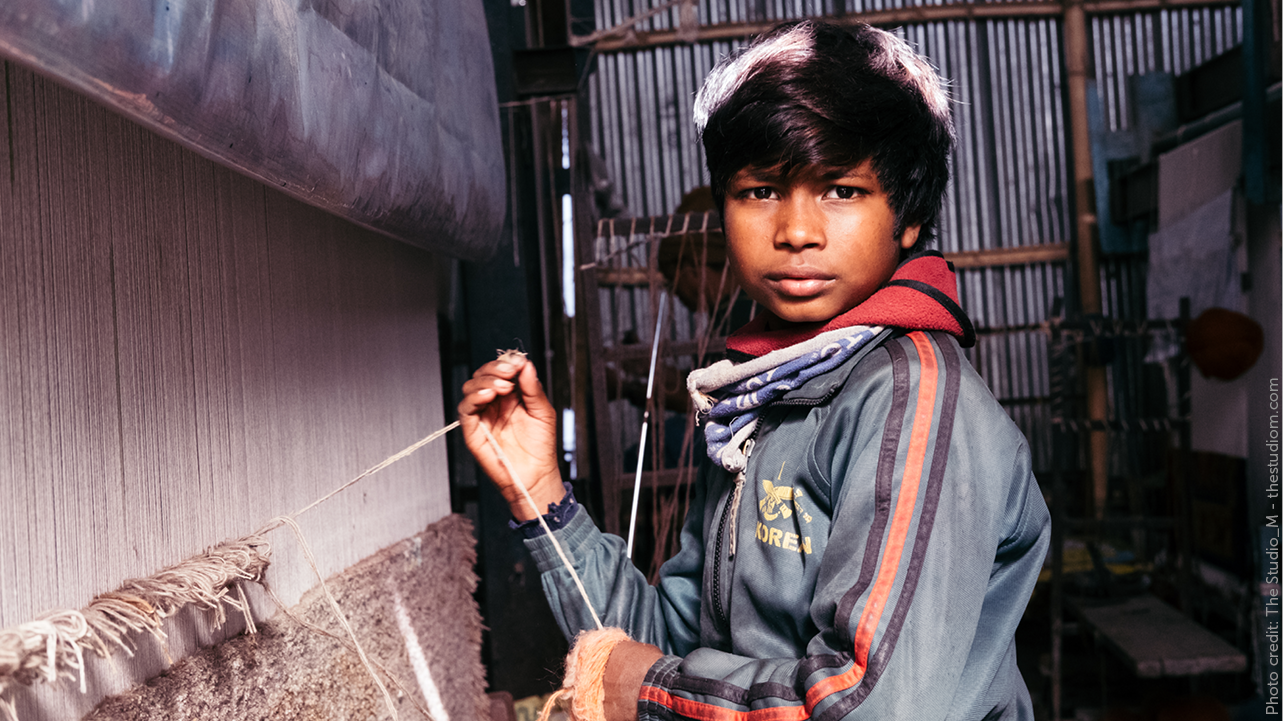Thank you for visiting our new Covid-19 Poverty Monitor. To find out more about the project, visit our blog about the project launch.
“Community feelings have changed – everyone feels insecure about their neighbours. Now the situation is such that you will be suffering more from emotional problems than the disease itself if you are sick.”
Areas of concern for the poorest and potential impoverishment
Lost livelihoods: Movement restrictions and border closures have impacted livelihoods for migrant workers, informal workers, loans from savings groups, lost wages for day labourers and limited access to markets for farmers.
Climate variability and markets: Unpredictable rains led to significant crop loss in sampled areas. This, combined with market disruptions has led to significant threats to livelihoods for smallholder farmers.
Increased prices: Farmers are facing high prices for inputs such as seed and fertiliser. Many households report higher costs of food and other basic goods.
Access to treatment: Preventative measures in hospitals have deterred some people from attending, for example women giving birth at home. Older people note continued access to medicines.
Quarantine: Returnees from India were reportedly placed in unsafe quarantine conditions in Banke with inadequate food, exposure due to crowded conditions, and protection risks. Dysentery, diarrhoea and a lack of essential medicines were reported in quarantine centres.
Isolation: Older people report feeling isolated due to perceptions that they are more vulnerable to the disease.
Stigmatisation: Migrants workers returning from India have been stigmatised based on the perception that they are carrying the disease. Older people are seen as less rule-abiding and therefore more likely to carry the disease.
Social cohesion: Many respondents report a decline in social cohesion, particularly affecting informal support networks and psychosocial well-being of those in need.
Distance learning challenges: Radio classes are provided but respondents note challenges in maintaining children’s attention. Online learning is only available for households with internet access.
Loss of aspiration and hope among youth: Respondents note psychosocial impacts among youth who are unable to attend school or earn livelihoods. Many have drawn links between their isolation and depression.
Sectors most affected by containment measures
Migrants and remittances: Labour migration is a key feature of Nepal’s economy. Around 700,000 people migrated internally for work or business in 2017/18 (Nepal Labour Force Survey, 2018). Cross-border migration accounted for 28% of GDP in 2018/19 (ILO, 202o). Many respondents noted livelihood effects from movement restrictions and border closures. In Banke, many relied on migrant work in India and had to make difficult and unsafe journeys back to Nepal.
Agriculture: Unpredictable rains this season have led to significant crop losses. This, alongside market disruptions for inputs and outputs due to border closures and movement restrictions, has led to losses in farmers’ livelihoods. This is also anticipated to have a knock-on effect on food security in the medium-term.
Day labourers: Many of the poorest households that do not own land rely on casual day labour in rural areas. This work has been limited by containment measures and reduced farm incomes have resulted in increased competition for work.
“I had to reduce my costs for managing food. We are having very simple food these days. Previously we used to have rice, lentils, and many different vegetables.”
Coping strategies being employed by poor and non-poor households
Day labour: Farmers with failed harvests due to bad rains have been seeking day labour opportunities, including public works opportunities.
Informal trade: Farmers are reportedly bringing goods over the border from India and selling them informally (e.g. potatoes, spices).
Pensions: Older people receiving pensions are using these to support the wider household to cope.
Loans: Many respondents reported taking out formal or informal loans to cope with lost income or increased prices. This coping strategy will need to be monitored in the medium-term as the inability to repay these may lead to impoverishment.
“We have become very much used to these things because of other previous crises such as the blockade and earthquake in Nepal. Those crises taught us how to manage things. ”
Programmes in place to mitigate impoverishment due to Covid-19
Social Assistance: Nepal’s largest contributory social protection scheme is pensions for public employees, with 47% of Nepalis 65+ receiving robust social protection (Pension Watch, 2020). New cash transfers and programmes for informal workers have been announced and are being monitored.
In-kind transfers: Food, soap, masks and hand sanitisers have been distributed to vulnerable households, mainly informal workers and deprived people with no caregivers (International Policy Centre for Inclusive Growth, 2020).
Public works: Low-paid public works opportunities (25% of local daily wages) have been introduced for informal workers that have lost their jobs (IMF, 2020).
“During the first phase of relief, people in extreme poverty were aided by organizations and rural municipalities, mostly with food items. But the pending budget and lack of attention from rural municipalities might cause them to suffer in the near future.”
Key external sources
To find out more about the impacts of Covid-19 on poverty in Nepal, please explore the following sources that were reviewed for this bulletin:
See our Covid-19 Poverty Monitor methodology note for more details on how we collected this data.
This project was made possible with support from HelpAge International.














World Bank